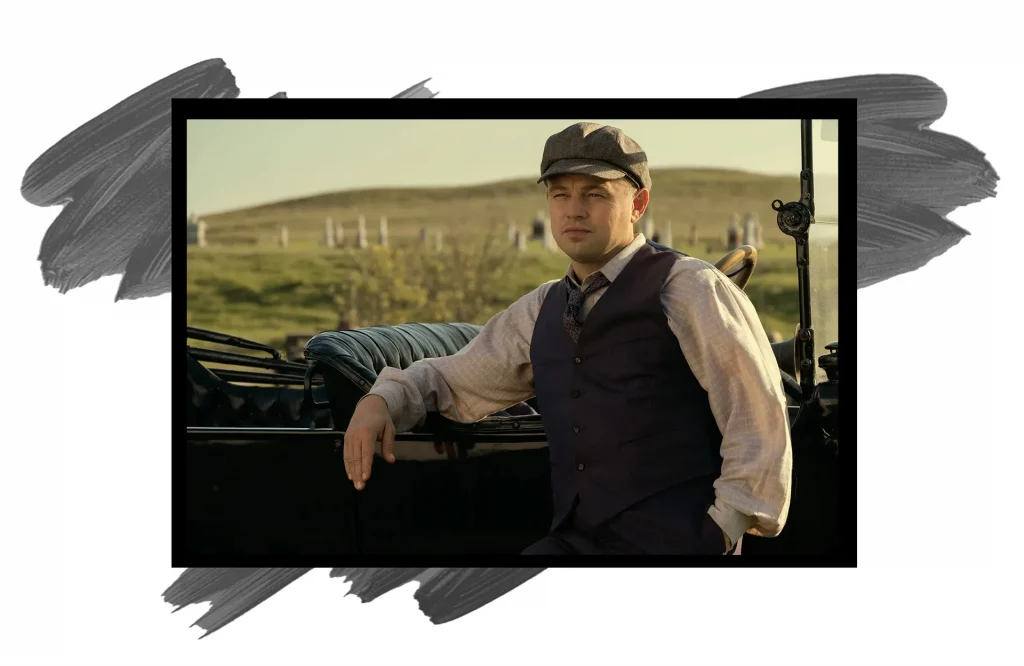A few years after the colossal success of “Titanic” catapulted Leonardo DiCaprio into the stratosphere of Hollywood stardom, fellow actor Ethan Hawke voiced concerns about the impact of the record-breaking blockbuster on DiCaprio’s career. In a candid interview with Vanity Fair in 2000, Hawke expressed apprehensions, stating, “I’m a huge fan of Leonardo DiCaprio, and one of the worst things to happen to any Leo fan was Titanic because now it becomes much more difficult for him to do the kind of work he so excelled at.”
At that time, DiCaprio had just starred in financially successful but critically underwhelming films like “The Man in the Iron Mask” and “The Beach.” He had also exited the potentially controversial role of Patrick Bateman in “American Psycho” due to creative differences. Director Mary Harron, who later directed Christian Bale in the film, commented on the decision, revealing that DiCaprio “brought way too much baggage with him,” referring to his extensive teen fan base.
However, fast forward more than two decades, and Leonardo DiCaprio’s megastardom has not stifled his growth as a versatile and compelling actor. By the mid-2000s, he had overcome the challenges associated with his immense popularity and the limitations of his early career.
The Revenant marked a pivotal moment in DiCaprio’s career, earning him the long-awaited Academy Award in 2016. He had already built a diverse and impressive filmography. But since that defining moment, he has taken on roles in only three movies: Quentin Tarantino’s “Once Upon a Time in… Hollywood,” Adam McKay’s “Don’t Look Up,” and Martin Scorsese’s recent release, “Killers of the Flower Moon.” Each of these roles showcases a transformative and poignant performance. These portrayals are a far cry from the heroic characters he was once known for. Instead, they radiate a reflective, almost mournful quality as he grapples with the complexities of aging, ambivalence, and despair.
As an actor of DiCaprio’s caliber, he now has the freedom to choose the roles he wants. His collaborations with Martin Scorsese exemplify his evolution as an actor. In their early-2000s partnership, DiCaprio and Scorsese worked on films like “Gangs of New York,” “The Aviator,” “The Departed,” and “Shutter Island.” These studio-backed dramas challenged DiCaprio’s squeaky-clean image and allowed him to explore morally ambiguous characters. His portrayal of Howard Hughes in “The Aviator” earned him an Oscar nomination over a decade after his breakout performance in “What’s Eating Gilbert Grape.”
In a transformational move, DiCaprio ventured into villainous roles, donning heavy prosthetics for Clint Eastwood’s “J. Edgar” and adopting a nasty twang for Quentin Tarantino’s “Django Unchained.” However, it was in Scorsese’s independently financed production of “The Wolf of Wall Street” that he turned his image inside out. His portrayal of the morally corrupt stockbroker Jordan Belfort challenged both himself and audiences, as DiCaprio fearlessly embodied the character’s depravity. Some critics at the time found the film conflicted in its portrayal of the despicable protagonist, but Scorsese’s intention was to provoke discomfort, and DiCaprio delivered to perfection.
Now, a decade later, Scorsese and DiCaprio have reunited in “Killers of the Flower Moon.” DiCaprio is in a new phase of his career, unburdened by the intense peak of fame and less in need of subverting expectations. His performance as Ernest Burkhart in the film, a character involved in a harrowing conspiracy in 1920s Oklahoma, showcases his profound evolution as an actor. DiCaprio’s ability to portray indifference, apathy, and insidious evil with subtlety marks the maturity of his craft.
Leonardo DiCaprio’s career is a testament to the enduring power of talent and versatility, proving that even the brightest Hollywood stars can continue to evolve and surprise audiences with their performances.
